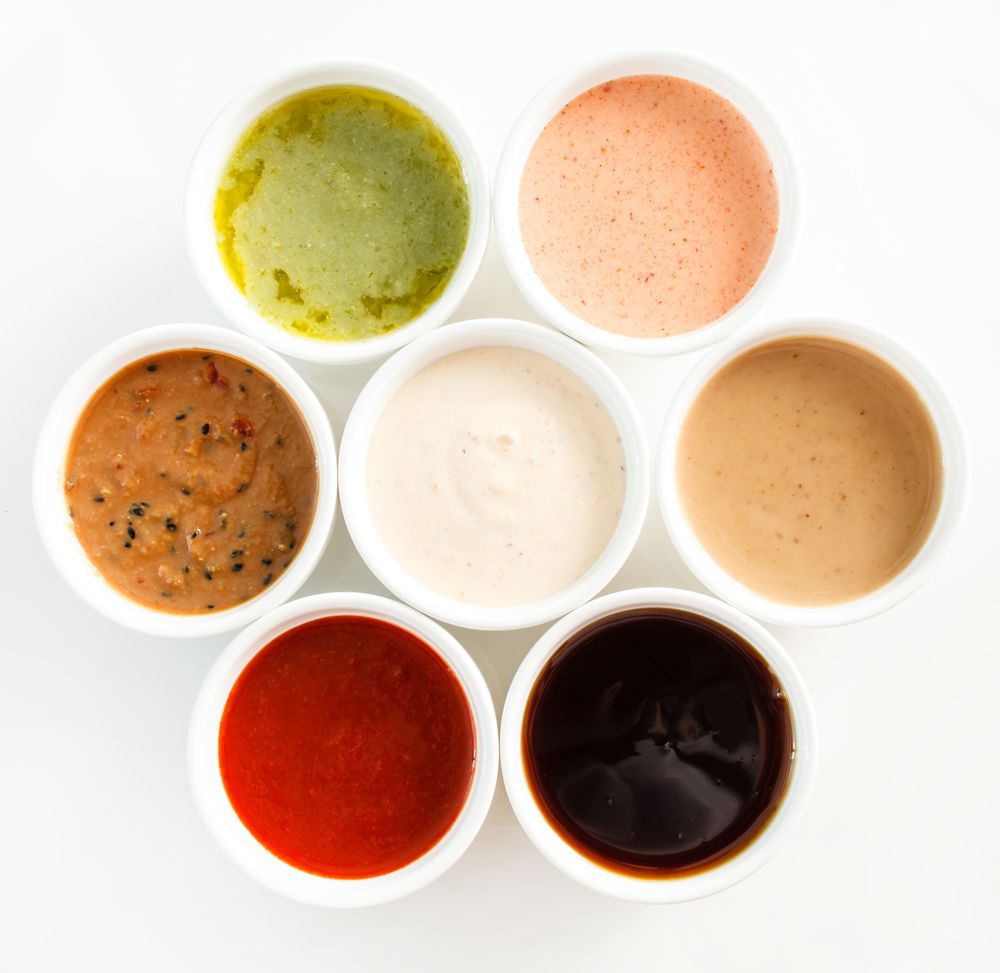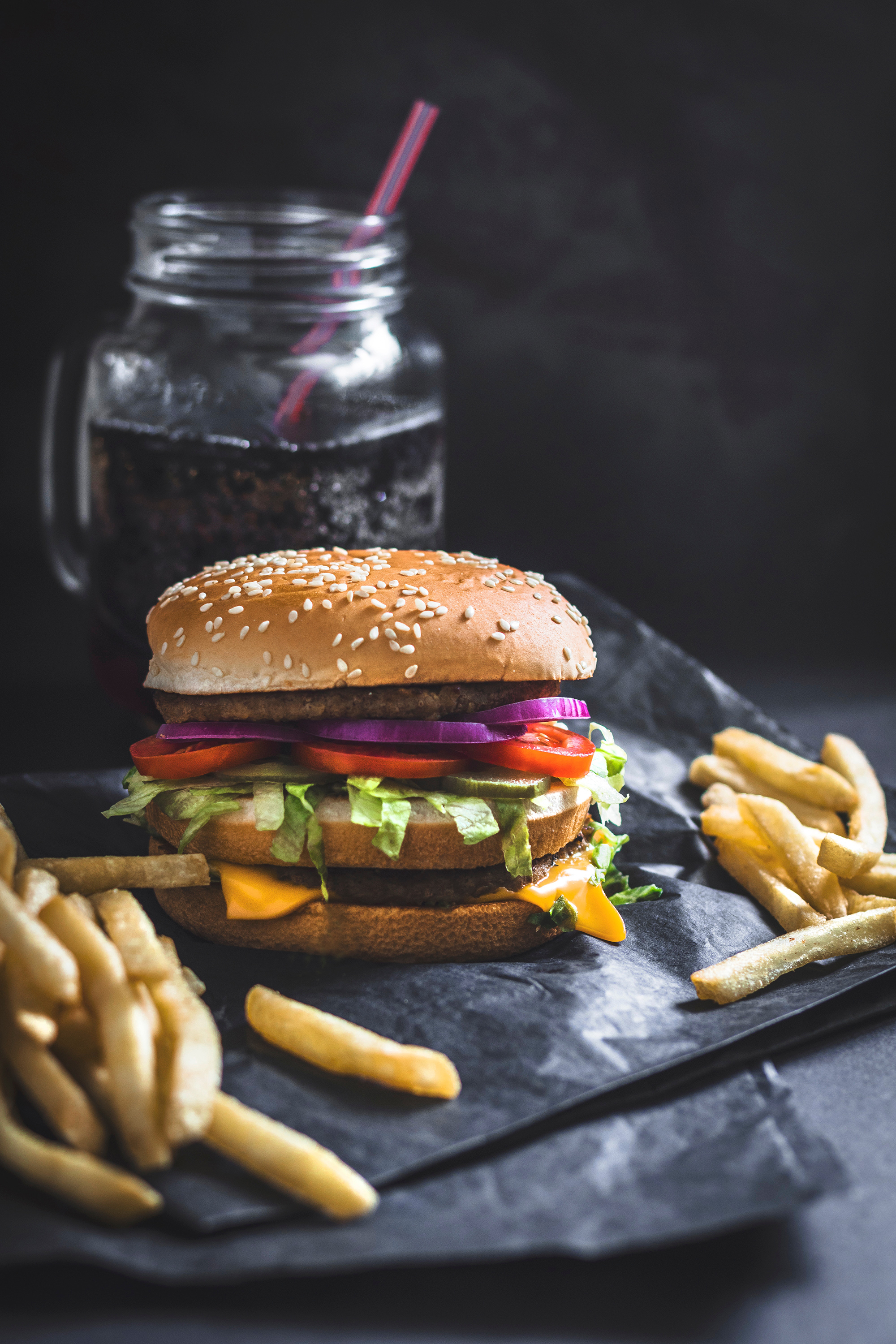by Egyptian Chef's Association
Here are some tips on how to maximize freshness and flavour and create the right textured sandwich to satisfy every palate.
Food operators worldwide make great profits by serving tasty sandwiches. Be it the big well-known international chains, the local street corner kiosks, the casual family restaurants or the popular coffee shops serving countless variations of well-desired sandwiches, all providers need to follow some fundamental principles and best practices of sandwich making to satisfy the cravings of their customers.
Just as sandwiches can make operators great profits, it only takes one disappointing sandwich to realize how much can go wrong and how easy it is to lose customers. So how do you maximize flavour, manage moisture to avoid soggy or dry sandwiches, maintain texture and achieve the most well-balanced and delicious sandwich?
Bread
Starting with good quality bread is essential. Any bread you use should be delicious enough to eat on its own. So should you select rye, white, multigrain or wholegrain?
And what about the shape - a bun, sliced bread, a roll or a baguette? There is not one golden rule and a lot depends on personal preference. However, there are three basic considerations to think of when selecting the type of bread to use.

Purpose, time and service
Is your sandwich being purchased as a casual snack to be eaten on the go? If so, then the size of bread selected should not be too large and its shape must be suitable to contain the ingredients so as to avoid them spilling out while the sandwich is being consumed.
Is your sandwich served on a plate as a satisfying meal by itself? If the latter, then the bread could be larger and the sandwich could even be served open-face thus making the ingredients a colorful part of the sandwich.

Texture

Volume
If you use thick rolls try carving out some bread from the dome of the roll.

Condiments
If a sandwich can avoid being dry that is step one. The crucial factor here is using good condiments or spreads whether that is butter, mayonnaise, mustard or some kind of relish, pesto or tapanade. You need those elements to provide flavour and give the right moisture balance. Spreading butter or mayonnaise on the sandwich will also help insulate and waterproof it from wetter ingredients and so avoid sogginess. Water does not like fat! So mayonnaise and other fatty acids have a double function, adding moisture in the right places while preventing excessive sogginess in the wrong ones. Different types of mayonnaise and compound butters also provide a great opportunity for experimenting with flavours. You can add garlic, turmeric, chili, curry, salt and other spices. You can also use other ingredients such as tahini or hummus which are easy to mix and infuse with seasonings. To offset rich and creamy combinations you can use some lemon or even vinegar. When using toasted bread an Italian style salad dressing or vinaigrette can do wonders as a condiment.

Vegetables
Because salad greens and vegetables in sandwiches are often consumed in their raw state, you would need to track down the best and freshest produce possible. If something is not in top season then do not purchase an inferior quality. It is better to replace it with produce that is in season or to use pickled or marinated vegetables.
Before using the constituents make sure the salads or vegetables are well washed and crisp. Salad greens and vegetables add flavour, colour and texture to your sandwich. You can season them with sea salt and freshly ground black pepper to add extra flavour.

Protein
Almost any protein is suitable to use as an ingredient for a sandwich. When you heat up the protein item it will yield far more flavour. Even when you serve a 'cold' sandwich you should take the "chill" off things by ensuring the ingredients such as cheese and sliced deli meats are at room temperature or at approx 18˚C before serving them. Make sure the ingredients are not left at room temperature for too long as this could cause a food safety hazard. Deli meats should be sliced thinly to give the melt in the mouth feel while keeping some bite to it. Do not slice too thinly as that will cause them to stick together and make them form a meatball in your mouth.

Layer for Layer
The most satisfying result after making a sandwich is cutting into it and seeing all the layers that went into producing it. The sequence of layering in a sandwich will make a difference to its ultimate taste but there are no specific rules to follow here. One rule does stand out though! Do not layer two slick ingredients on top of each other as when you bite into the sandwich or press on it the contents will inevitably spill out. Sliced tomatoes especially have the tendency to fall out so place them either on the top or at the bottom of your sandwich but not in the middle. You can also layer a sandwich by alternating hot and cold products.
When you make a pressed sandwich it is best to alternate the layers so the whole sandwich for instance gets enveloped in the cheese from both sides. Always be aware that having too many ingredients and layers can make a sandwich harder to eat and can even mess up the flavour and balance.
It’s good to build your sandwich so that each ingredient can be tasted separately while still complementing other elements thus providing an overall great burst of flavours. Think of the whole as being greater than the sum of its parts.

How to Make a Perfect Sandwich